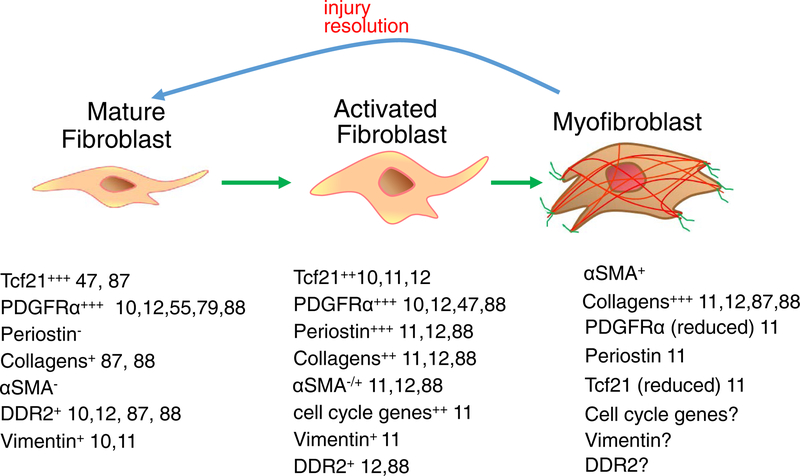Figure 1 |. Current categories of resident cardiac fibroblasts.
At least three gene-expression profiles can be used to describe fibroblasts in the adult heart10−12,87,88. Mature, resident fibroblasts are interspersed in the myomesial space throughout the heart and are proposed to maintain the extracellular matrix (ECM). They have a low level of proliferation and do not express smooth muscle α-actin (α-SMA) or periostin. After injury, a population of fibroblasts, often associated with inflammatory cell accumulation and cardiomyocyte death, rapidly proliferate and become activated to express many of the gene products shown. Later in the response, a smaller population of these activated fibroblasts further differentiate into presumed myofibroblasts, which express α-SMA and other genetic signatures shown. In the past, these myofibroblasts were reported to have increased ECM deposition and contractile capacities89, although in vivo contractile activity has been predominantly documented in skin myofibroblasts90. Myofibroblasts have also been shown to regress their activated gene-expression profile and morphology back to the more ‘quiescent’ and resident fibroblast state11. Ddr2, discoidin domain-containing receptor 2; NA, not available; Pdgfr-α, platelet-derived growth factor receptor-α; Tcf21; transcription factor 21.

